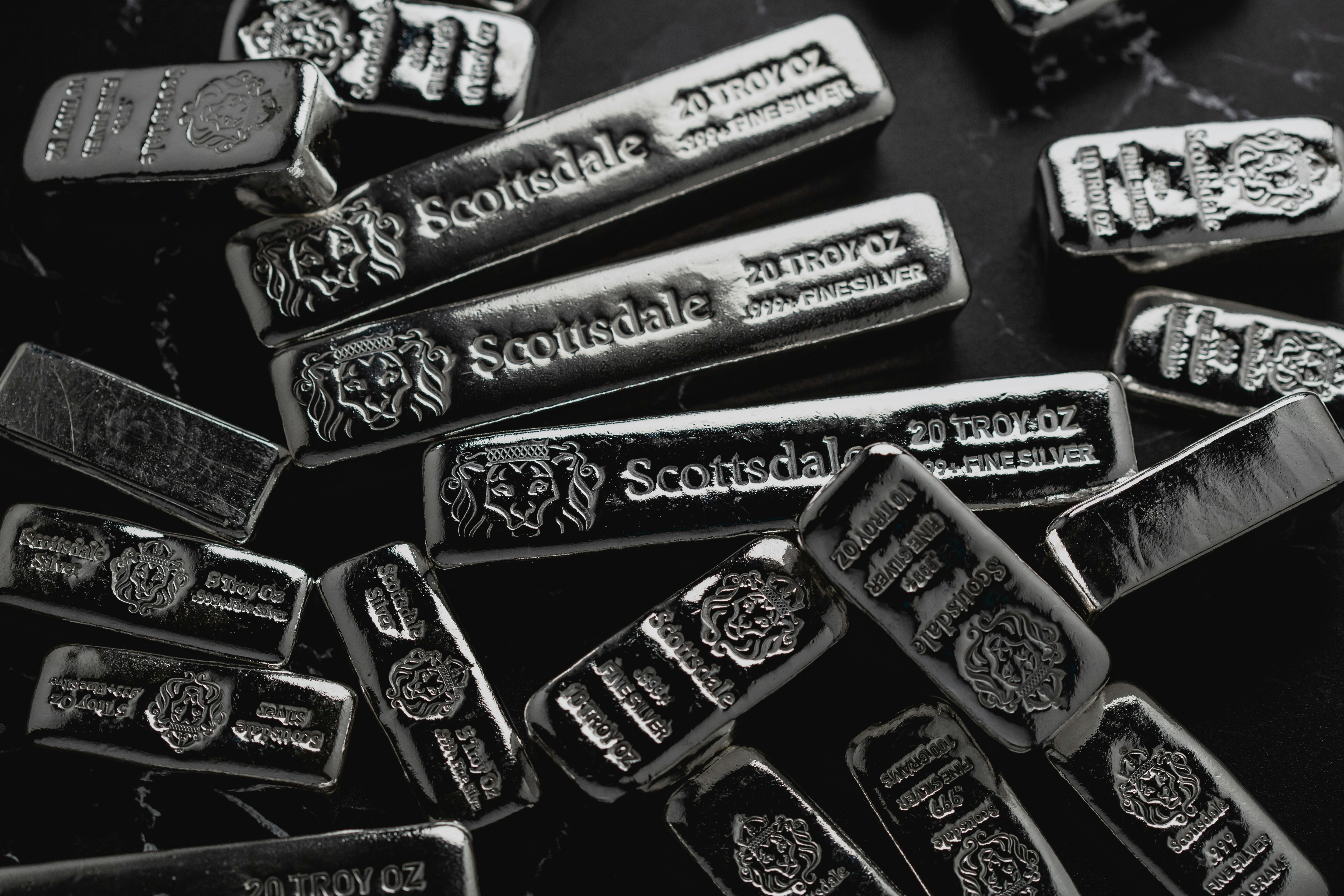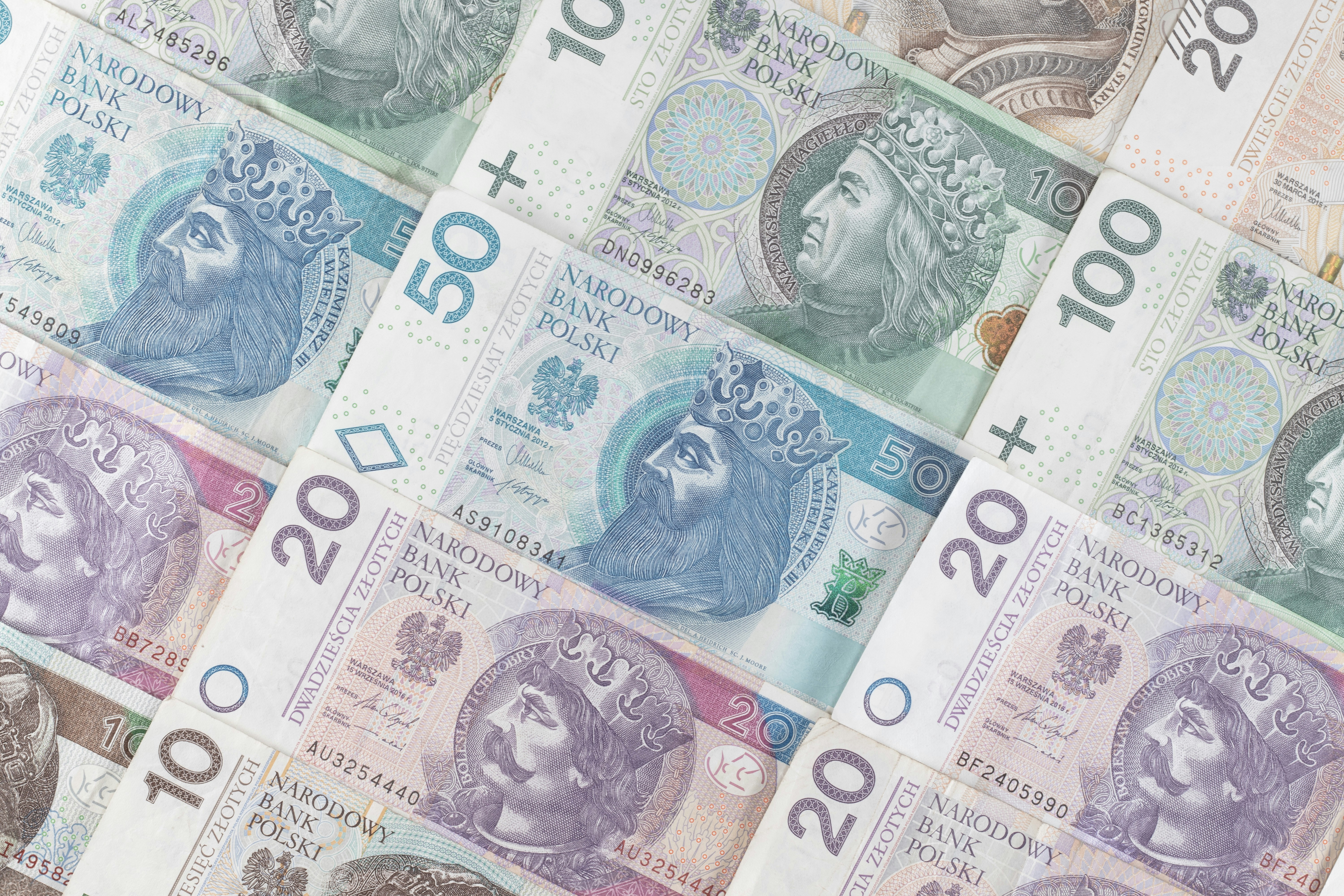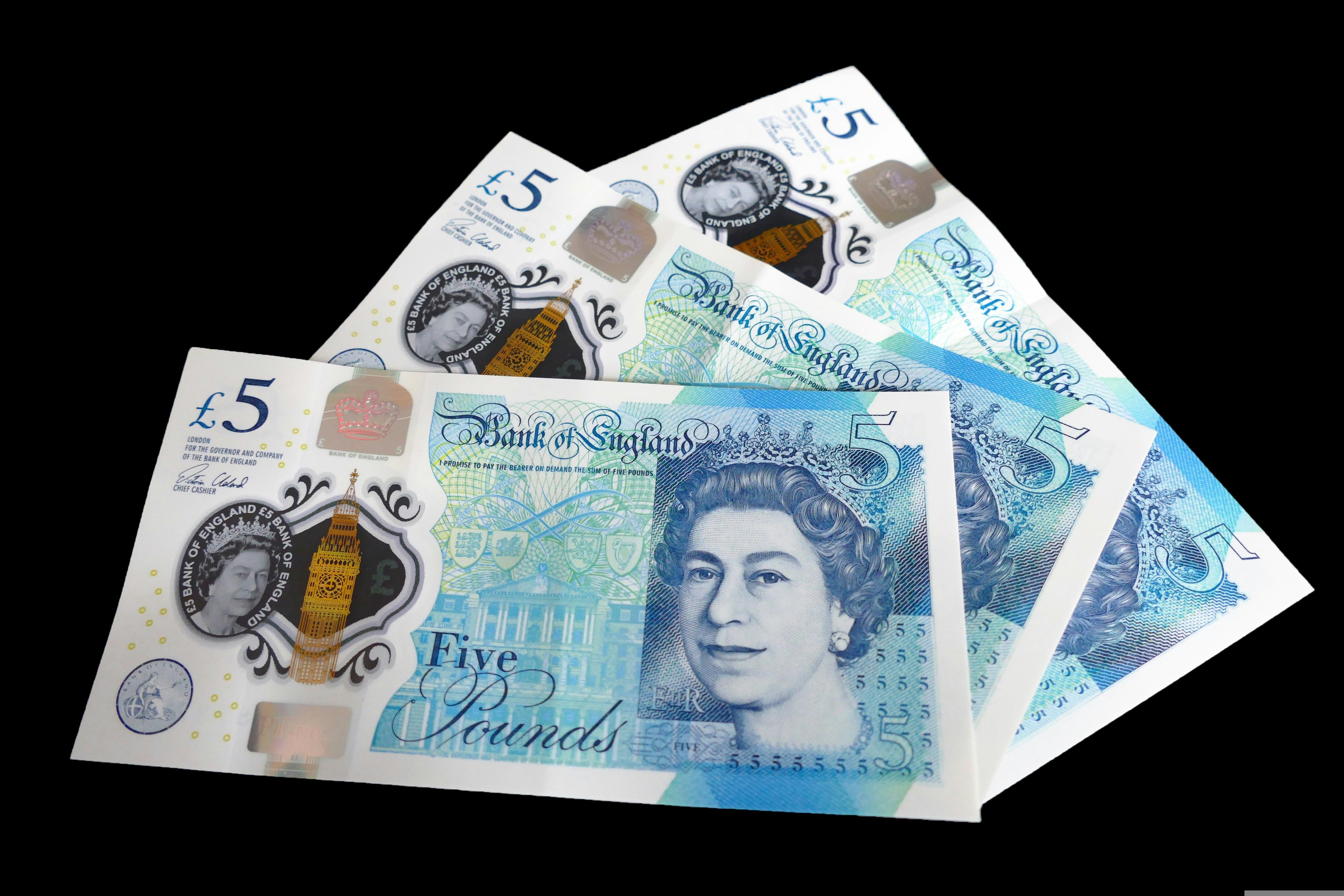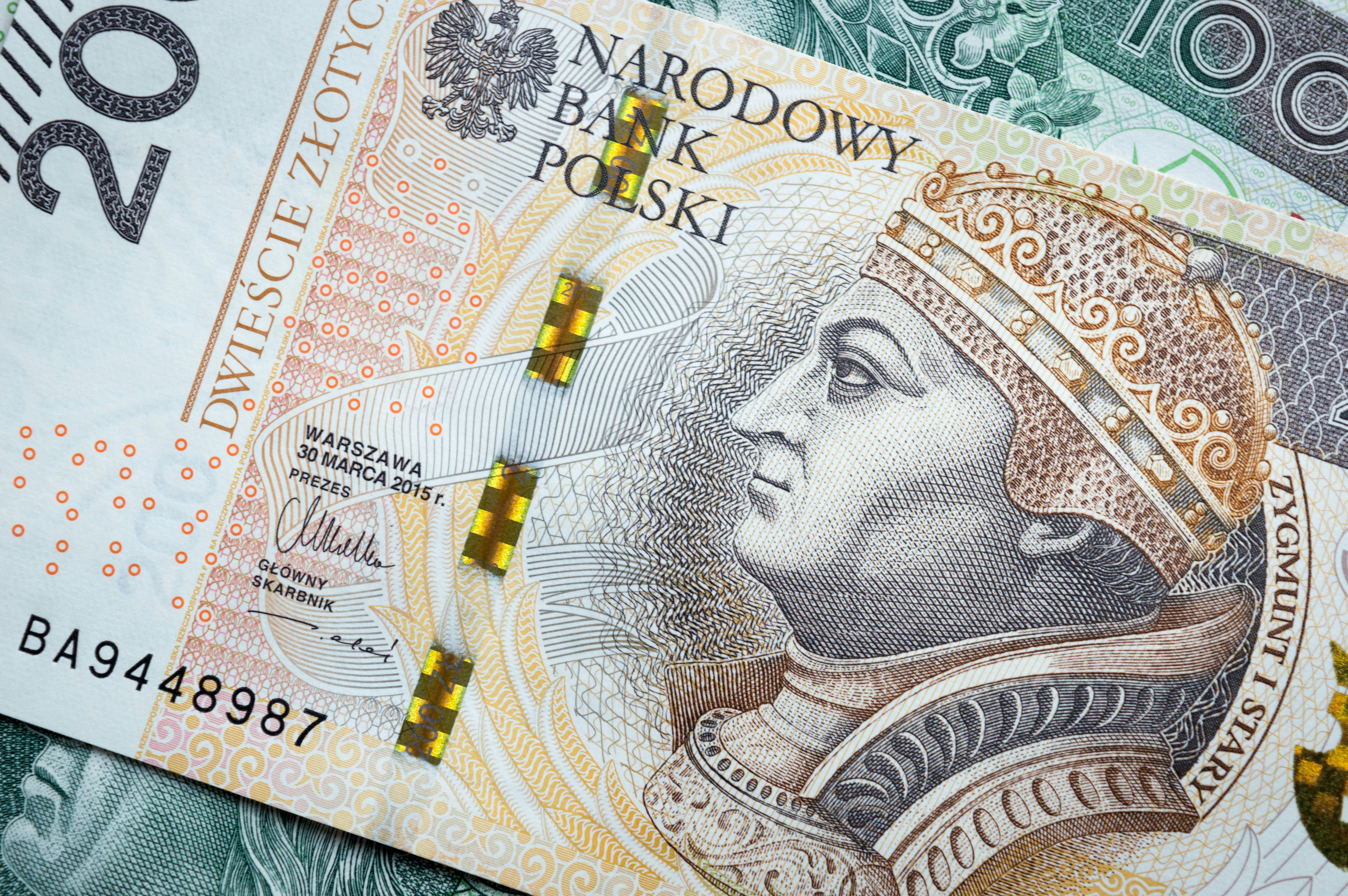How To Invest In Silver?

Investing in silver provides diversification chances by including physical assets such as silver bars and coins. Silver's value is affected by its industrial demand, distinguishing it from gold. Having a good grasp of the silver market is essential, whether dealing with silver coins or speculating in silver futures. Investing in silver mining company stocks or silver ETFs is a way to gain exposure to silver prices without having to store physical silver. Intelligent investors capitalize on changes in prices to optimize earnings. Learn successful approaches for incorporating silver into your investment mix and managing fluctuations in spot prices.
Table of Contents
Key Takeaways
Is Silver a Good Investment?
The Best Ways to Invest in Silver
Silver bullion
Silver Mining Stocks
Silver ETFs
Silver Futures
The Benefits of Investing in Silver
The Drawbacks of Investing in Silver
Bottom Line
FAQs
Key Takeaways
-
Silver is considered an attractive investment for investors looking to protect their portfolios from market volatility and diversify their assets.
- Common types of physical silver investments consist of silver bullion, silver bullion coins, bars, and more.
- Investors can opt for silver mining stocks, ETFs, and futures if they do not want direct exposure to the silver market.
- Silver futures contracts pose a heightened risk because of leveraged trades, making a higher level of expertise and abilities necessary.
Is Silver a Good Investment?
Silver is a popular investment choice for many investors looking to diversify their portfolios. During economic uncertainties, silver is seen as a safe investment. Investors can either own physical silver or invest in silver-producing companies. Silver prices are influenced by various characteristics like supply and demand, industrial applications, and other factors leading to its market volatility.
Reasons Why Silver is a Good Investment:
-
Diversification: Helps reduce overall risk.
- Safe Haven: Protects wealth during economic uncertainty.
- Physical Ownership: Tangible asset to hold and store.
- Investment in Companies: Growth potential through silver-producing companies.
- Supply and Demand: Profitable opportunities due to market dynamics.
- Industrial Applications: High demand in electronics, solar panels, and medical devices.
- Market Volatility: Potential for significant gains.
The Best Ways to Invest in Silver
Investing in silver offers various choices. Certain investors choose to purchase tangible silver, while others choose to invest in stocks and ETFs. All these investment choices align with different investment goals and levels of risk that investors are comfortable with.
Investors interested in tangible assets prefer physical silver, while those looking for exposure to mining and production sectors opt for silver stocks. Investors who clearly understand these choices can effectively navigate the silver market and find the balance between potential profits and risk mitigation plans.
Silver bullion
Owning silver bullion offers a physical investment in the high-purity precious metal, typically in coins or bars. Unlike gold, silver jewelry is not a common form of investment due to subjective valuation and softness, often requiring copper mixing for practical purposes. Silver's consistent value, versatility, and industrial use in electronics and solar panels make it popular for wealth protection and portfolio diversification among investors.
How to Invest in Physical Silver
Buying silver bars or coins from dealers or precious metals brokerage services is part of investing in physical silver. These items are available in a range of sizes, starting from small bars that weigh just a few grams to larger bars that weigh several kilograms.
Buying a physical form of silver is one of the most basic ways to invest in this metal. However, it’s crucial to remember that it comes with some complexities connected to its transportation, security, and storage.
Pros and Cons of Physical Silver
Advantages:
-
Physical asset: Grants immediate possession of a tangible good.
- Hedging against inflation: Throughout history, silver prices have shown a tendency to increase during times of inflation.
- Value for trading: Easily sellable through dealers or online brokers at market prices.
- Diversification: Introducing variety into investment portfolios lowers total risk exposure.
- Industrial usage: Employed in a variety of industries to uphold its inherent worth.
Disadvantages:
-
Costs related to purchase: These expenses consist of markups from dealers, shipping fees, and storage costs.
- Lower liquidity. Liquidity for physical silver is slower than for stocks or ETFs, making selling silver a longer process.
- Storage issues: Need secure storage to avoid theft or harm.
- Numismatic premiums: Certain coins may have increased premiums because of their collectible worth, which may not be directly linked to the current price of silver.
Silver Mining Stocks
If you are not into traditional investments, you can purchase silver stocks to get involved in the silver market. This implies buying stocks of companies that mine silver metal.
How to Invest in Silver Stocks
Investors can purchase and trade silver mining stocks on regular investment platforms like stock exchanges or online brokers, similar to other stocks. However, it can be more challenging to locate silver-focused companies than gold-focused companies. Research is crucial to determine the extent of a company's involvement with silver versus other precious metals before making investment decisions.
Pros and Cons of Silver Stocks
Advantages:
-
Bond to silver prices: The value of silver mining stocks tends to increase along with silver prices.
- Dividends: Certain mining companies distribute dividends to their shareholders depending on their financial success.
- No physical storage: Allows investors to diversify their portfolios without the need to own physical assets.
- Liquidity. Silver stocks are easy to buy and sell. Investors don’t have to think about shipment, storage, and related costs.
Disadvantages:
-
Volatility. Mining stocks have the potential to be more unstable than physical silver.
- Company risks. It’s more complicated to find a company that focuses on silver. Moreover, it’s necessary to do a thorough analysis to make sure that the stock you buy has the potential to succeed.
Silver ETFs
Silver Exchange-Traded Funds (ETFs) are a bucket of silver-backed assets that can be held and traded through a usual brokerage account. They don’t imply physical ownership and are less risky than silver futures and options.
How to Invest in Silver ETFs
Trading silver ETFs is similar to trading any other asset. You can buy and sell silver exchange-traded funds via traditional brokerage accounts. Every ETF share equals a fraction of the fund's silver reserves. It is a convenient method to possess silver without the inconvenience of storing actual bullion.
Pros and Cons of Silver ETFs
Advantages:
-
Cost-effectiveness: Silver ETFs usually cost less than actively managed funds.
- Diversification: They allow investors to get exposure to different companies in the sector similar to the S&P index.
- High liquidity: Silver ETFs are usually traded on major stock exchanges, this way allowing investors to buy and sell them without any difficulties.
Disadvantages:
-
Counterparty risks: Silver ETFs depend on financial institutions to handle silver holdings.
- Narrow-focused: Silver ETFs offer less diversification benefits compared to more broadly focused market ETFs due to their narrow focus.
Silver Futures
Silver futures contracts are another possible way to get involved in the silver market without the need to physically own the asset. This is a contract that implies that the buyer agrees to purchase a specific amount of silver at a set date in the future.
How to Invest in Silver Futures
Many trading platforms and online brokers offer the possibility of trading silver futures. Investors usually opt for these financial instruments to hedge against potential fluctuations in silver prices. They open long positions expecting the price of silver to grow and short positions predicting its price to decrease.
Pros and Cons of Silver Futures
Advantages:
-
Hedging. Futures contracts allow investors to hedge their assets against market volatility due to specific prices and expiration dates set in the contract.
- Larger exposure. Trading silver futures comes with the use of leverage. This financial tool offers investors larger exposure to the silver market with lower initial investment.
- Speculation. With silver futures, traders can benefit from both rising and falling markets.
Disadvantages:
-
High risk. Leverage not only increases potential profits but also comes with substantial risk. It’s crucial to have knowledge and experience to use this tool successfully.
- Complexity. Future contracts are complex derivative instruments that require a profound knowledge of market dynamics, technical analysis, and risk management strategies.
The Benefits of Investing in Silver
Investing in silver offers benefits due to versatility and consistent value, driven by industrial applications and chosen by many investors for wealth protection and diversification.
Wealth Preservation
Silver is used to maintain personal wealth because of its inherent worth and physical form. Unlike other methods, physical silver, such as coins and bars, retains its value during economic downturns. Many investors see silver as a protection against inflation and economic uncertainty, safeguarding the value of their money.
It's a Safe Haven
Silver acts as a safeguarding asset, usually gaining value during market downturns. During economic decline, investors turn to silver to protect their investments. The physical metal is valued for its stability and increasing popularity in industrial applications, making it a reliable choice for preserving wealth during uncertain times.
Portfolio Diversification
Allocating funds to owning silver enhances portfolio diversity and mitigates the risk of financial downturns. By integrating silver into their investment strategies, investors can diminish counterparty risk, given silver's unique performance relative to equities and bonds. Acquiring shares in silver mining companies or purchasing tangible silver assets aids in diversifying investment objectives, thereby distributing potential yields across a spectrum of market scenarios.
The Drawbacks of Investing in Silver
When investing in silver, consider the following limitations.
No Income Generation
Silver does not produce earnings from interest or dividends, unlike individual stocks or other avenues. Numerous investors opt for assets that offer a steady income, yet silver's tangible nature does not provide this advantage. This makes it less appealing for individuals seeking additional passive income to align with their investment objectives.
Price Volatility
The price of silver can fluctuate greatly due to market demand, economic conditions, and industrial uses. Silver's volatility makes it more suitable for long-term investing as opposed to seeking more money in the short term. Investors need to be ready to maintain their silver investments through market ups and downs in order to reach their investment objectives.
Storage and Insurance Costs
Having physical silver requires paying extra for storage and insurance. Valuable metals need safe storage, whether at your house, in a safe, or with a brokerage. Moreover, protecting silver from theft or damage may require additional funds, increasing the overall cost of the investment.
Bottom Line
You have a few different ways in which to invest in silver. They include physical silver, mining sector stocks, ETFs, and futures. Each strategy suits the needs of different trading styles and risk tolerances. So whether you need the safety of bullion or futures for an active strategy, there is an approach to fit your needs.
Is silver a good investment? Adding silver to your portfolio can be a smart way to diversify your portfolio and protect yourself from economic uncertainties. But first, look at your goals and risk tolerance levels before taking any decision.
FAQs
Is it Better to Invest in Silver than in Gold?
It depends on your personal trading goals and risk tolerance. Silver is sold at a lower price, it is known for its high short-term volatility and, therefore, higher risks. Gold, in turn, is more expensive and is usually used for diversification and hedging.
When is the Best Time to Invest in Silver?
Investors frequently gravitate towards silver during times of fiscal ambiguity or downturn. That’s because silver has an intrinsic value and can not be inflated in contrast to stocks or currencies.
What is the Minimum Amount I Can Invest in Silver?
Precious metals like silver and gold are recommended to be marked at 5-10% in your portfolio, depending on the trading style and type of silver investment you use. The commonplace proportion for how much gold and silver you should have in your overall portfolio is generally 75% Gold and 25% Silver.
How Much Money Should I Invest in Silver?
This decision is ultimately made by each investor based on their own risk tolerance, goals, and trading profile. Most investors allocate anywhere from 5-10% of their portfolio to precious metals, making silver and gold the popular two.



